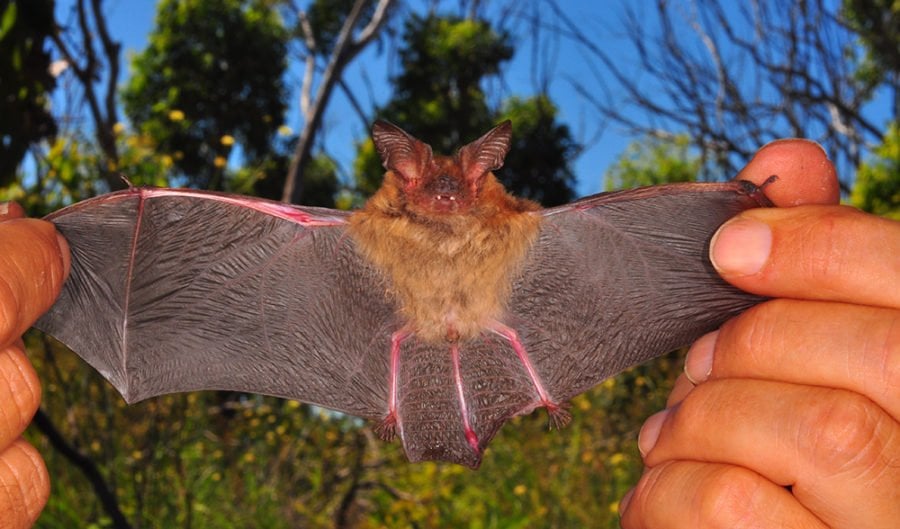Too ugly for science

RESEARCH INTO AUSTRALIA’S mammal species can be roughly grouped into three categories – the good, the bad and the ugly, according to a recent review by Western Australian scientists.
And, despite making up 45 per cent of the 331 species investigated in the review, those categorised as ‘ugly’– native rodents and bats – attracted disproportionately little study, resulting in poor conservation and management, the researchers argued.
“Current global and national conservation funding largely overlooks these non-charismatic species, and yet these may arguably be most in need of research effort,” said Professor Trish Fleming, a wildlife biologist at Murdoch University in WA, who co-authored the paper with Dr Bill Bateman from Curtin University.
The scientists reviewed the published literature for each of Australia’s 331 mammal species, and found they broadly fell into three categories: monotremes and marsupials (the ‘good’) – with most studies focussed on physiology and anatomy; introduced mammals such as cats, foxes and rabbits (the ‘bad’) – with research focussed on population control; and native rodents and bats (the ‘ugly’) – which they said have been largely overlooked in the research literature.
According to the researchers, the “small size and cryptic behaviour” of these species can make them difficult to study.
They also pointed out that researchers were discouraged from investigating the more “obscure” species because paper submissions were likely to be turned away by high-impact international journals for being “parochial and of limited interest”.
The researchers hope their findings will add to the call for improved funding and political backing to help conservation agencies protect species, and say citizen science programs could help increase research capacity.
The paper is published in the journal Mammal Review.
READ MORE:
- Aussie bat research 100 years behind
- Cute it is, this Yoda bat
- Endangered specied: Southern bent-wing bat
- Elusive northern hopping mouse caught on camera

